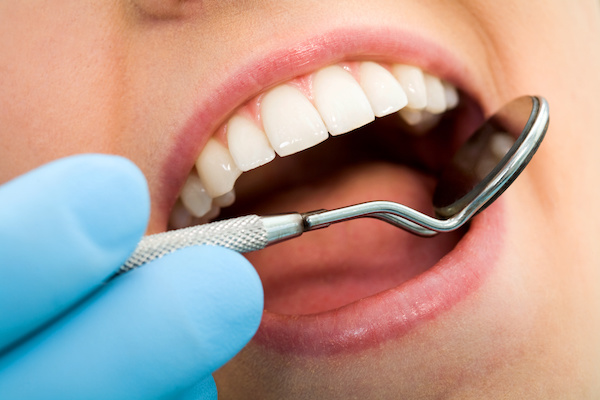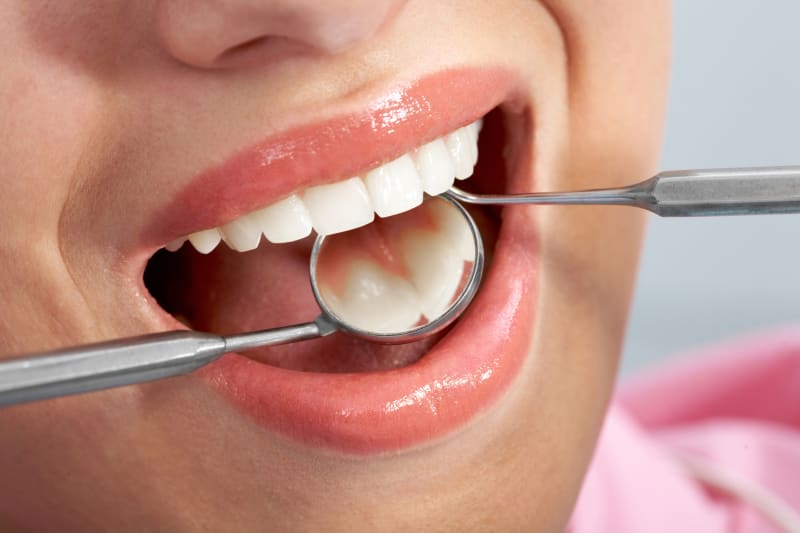Dental resins are a crucial part of modern dentistry. They help repair teeth, fill cavities, and even improve smiles. These versatile materials offer strength and a natural look. Whether used in fillings or crowns, resins play a big role. For example, in restorative work like Orlando clear aligners, resins provide durability and comfort. Understanding dental resins can enhance our knowledge of dental care and help us appreciate the science behind a healthy smile.
What Are Dental Resins?
Dental resins are composite materials used for various dental procedures. Composed of a plastic matrix and fine glass particles, these materials mimic the natural appearance of teeth. They offer both aesthetic appeal and functionality. Dentists use resins in bonding, fillings, and veneers to restore teeth to their natural form and function.
Types of Dental Resins
Dental resins come in several types, each suited for specific applications:
- Composite Resins: These are the most common. Used for fillings, they blend well with natural teeth.
- Glass Ionomer: Often used in fillings near the gum line, this type releases fluoride for added protection.
- Resin Ionomer: A blend of composite and glass ionomer, offering strength and release of fluoride.
Benefits of Dental Resins
Dental resins provide multiple benefits:
- Aesthetic Appeal: They closely match the natural color of teeth.
- Versatility: Suitable for various restorative and cosmetic procedures.
- Bonding Strength: Strong adhesion to tooth structure, ensuring durability.
Application of Dental Resins
The application of dental resins involves several steps:
- Preparation: The dentist cleans and dries the tooth to ensure proper adhesion.
- Etching: A mild acid etches the tooth surface to create microscopic pores.
- Bonding Agent: A bonding agent is applied to these pores to enhance adhesion.
- Layering and Curing: Resins are applied in layers and hardened with a special light.
- Finishing: The dentist shapes and polishes the resin to match the surrounding teeth.

Comparing Resin Types: A Quick Look
| Resin Type | Aesthetic | Durability | Fluoride Release |
| Composite | High | Moderate | No |
| Glass Ionomer | Moderate | Lower | Yes |
| Resin Ionomer | Moderate | High | Yes |
Caring for Dental Resins
Proper care extends the life of dental resins:
- Brush and floss daily to maintain oral hygiene.
- Avoid hard foods and ice to prevent chipping.
- Visit the dentist regularly for check-ups and cleanings.
Resin restorations can last many years with the right care. According to the Centers for Disease Control and Prevention, maintaining good oral hygiene practices is key to the longevity of dental restorations.
Future of Dental Resins
Advancements continue to improve dental resins. Research focuses on enhancing strength and longevity. New materials may offer even better aesthetics and durability. The future looks promising for these essential dental materials. For more information on dental material research, the National Institutes of Health offers valuable insights.
Conclusion
Dental resins are a vital part of dental care. They combine the benefits of aesthetics and strength, making them ideal for many procedures. Understanding their role and how to care for them ensures a healthy and beautiful smile for years. Embracing this knowledge empowers us to make informed decisions about our dental health.





